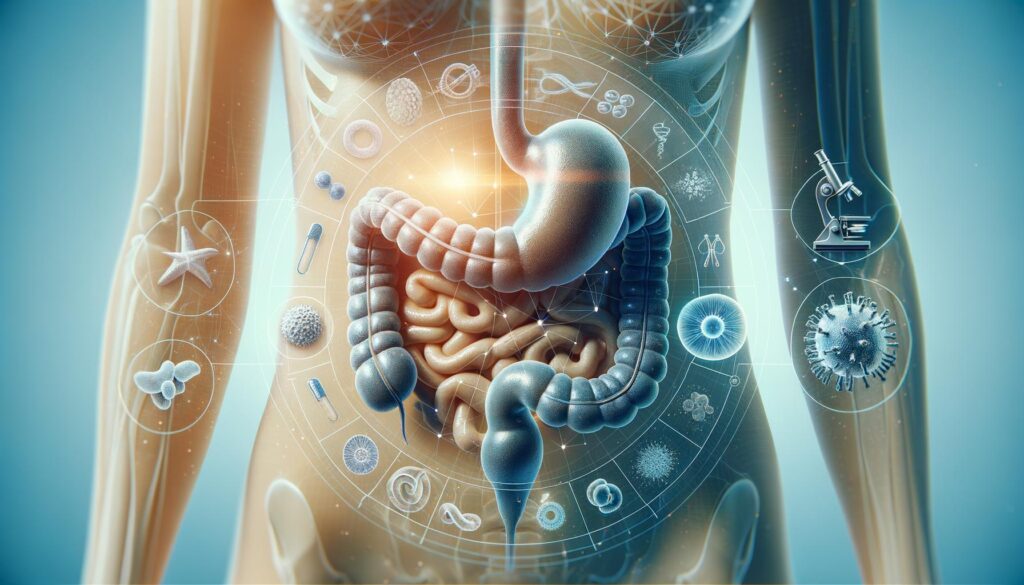Understanding Stomach Cancer: A Comprehensive Guide

What is Stomach Cancer?
Stomach cancer, also known as gastric cancer, refers to cancer that originates in the stomach lining. The process usually begins with changes in the DNA of stomach cells, which then grow uncontrollably. As these cells accumulate, they form a tumor. Though its prevalence varies across the globe, it remains one of the leading causes of cancer-related deaths. Identifying it early can greatly increase the chances of successful treatment.
Signs and Symptoms
Stomach cancer can be challenging to detect as early symptoms are often vague and easily attributed to other health issues. However, common signs include:
- Persistent abdominal discomfort or pain
- Feeling full after eating small meals
- Unexplained weight loss
- Heartburn or indigestion
- Nausea and vomiting
As the disease progresses, more severe symptoms like vomiting blood, difficulty swallowing, and noticeable swelling in the abdomen may occur. Being vigilant about these signs and consulting a healthcare provider if they persist can be crucial for early detection.
Risk Factors
Numerous factors can increase the risk of developing stomach cancer. Understanding these can help in taking preventative measures:
- Diet: High intake of smoked foods, salted fish and meats, and pickled vegetables
- Age: More common in individuals over 50 years
- Genetic Factors: Family history of stomach cancer
- Medical History: Previous stomach surgery, infections with Helicobacter pylori, and conditions like chronic gastritis
Lifestyle choices like smoking and excessive alcohol consumption also contribute to the risk. Modifying these factors where possible can help in reducing the risk of stomach cancer.
Diagnosis and Staging
The diagnosis of stomach cancer typically involves a combination of tests. Endoscopy is a common method, allowing direct visualization and biopsy of suspicious areas in the stomach. Imaging tests such as CT scans can further evaluate the extent of cancer spread. Once diagnosed, staging determines the severity and spread of the cancer, helping guide treatment options:
- Stage 0: Cancer found only in the inner layer of the stomach
- Stage I-II: Varies from tumors growing into deeper layers to limited spread to nearby lymph nodes
- Stage III-IV: More extensive growth into surrounding structures or spread to distant organs
Treatment Options
Treatment for stomach cancer depends largely on its stage and the patient’s overall health. Surgery, often the first-line treatment, may involve partial or total removal of the stomach. Other treatment modalities include:
- Chemotherapy: To kill cancer cells and manage symptoms, often used before or after surgery
- Radiation Therapy: Targeted radiation to destroy cancer cells and shrink tumors
- Targeted Drug Therapy: Focuses on specific abnormalities present within cancer cells
In some cases, a combination of treatments may be recommended to enhance effectiveness. A multidisciplinary approach, involving various healthcare professionals, is essential in managing the disease.
Conclusion
For individuals concerned about stomach cancer, staying informed about symptoms, risk factors, and available treatments is the first step toward effective management. While medical advancements have improved outcomes, early detection remains key. Regular medical checkups and being mindful of lifestyle choices can play a pivotal role in reducing the risk and improving the prognosis for those affected.
